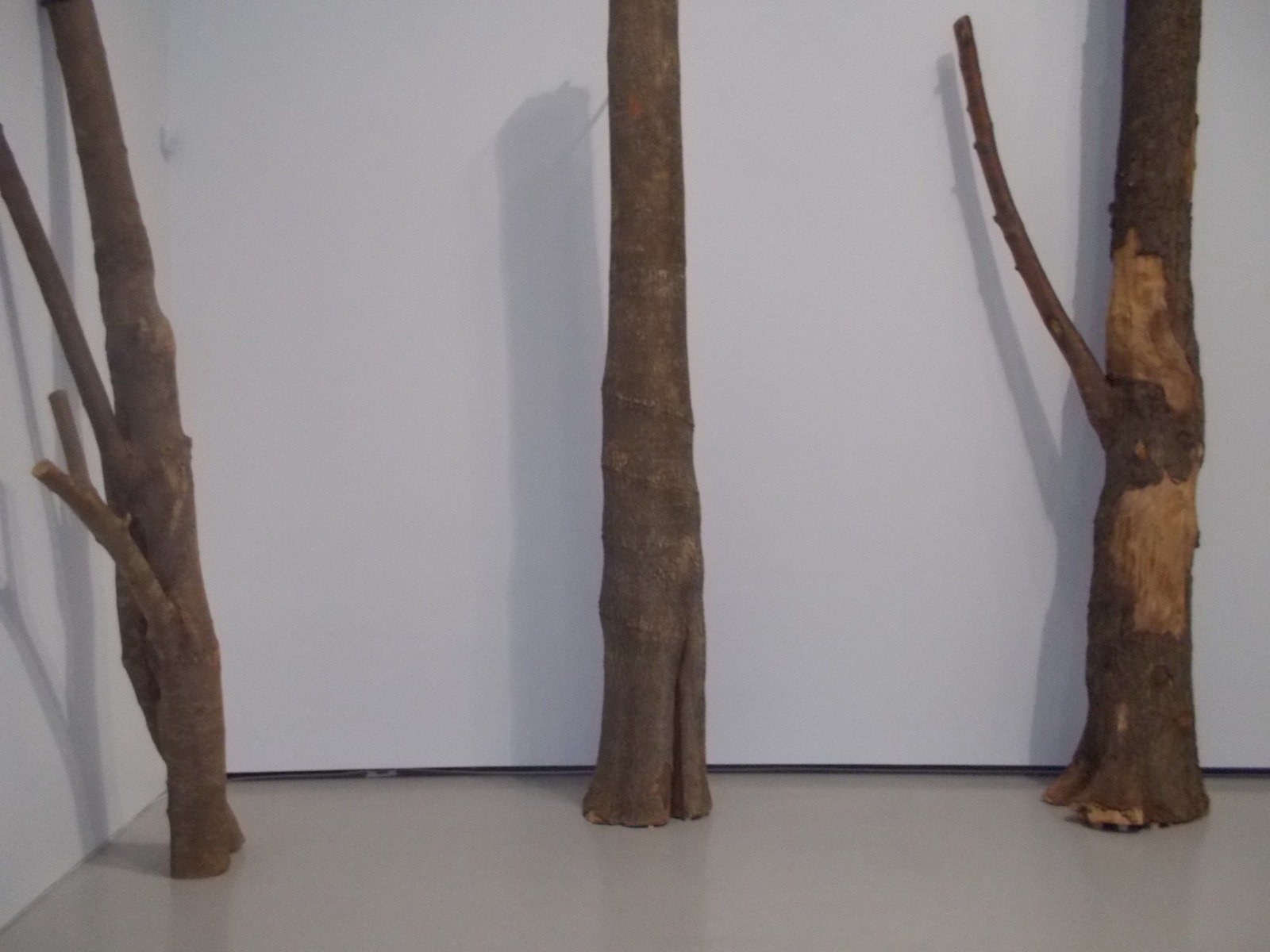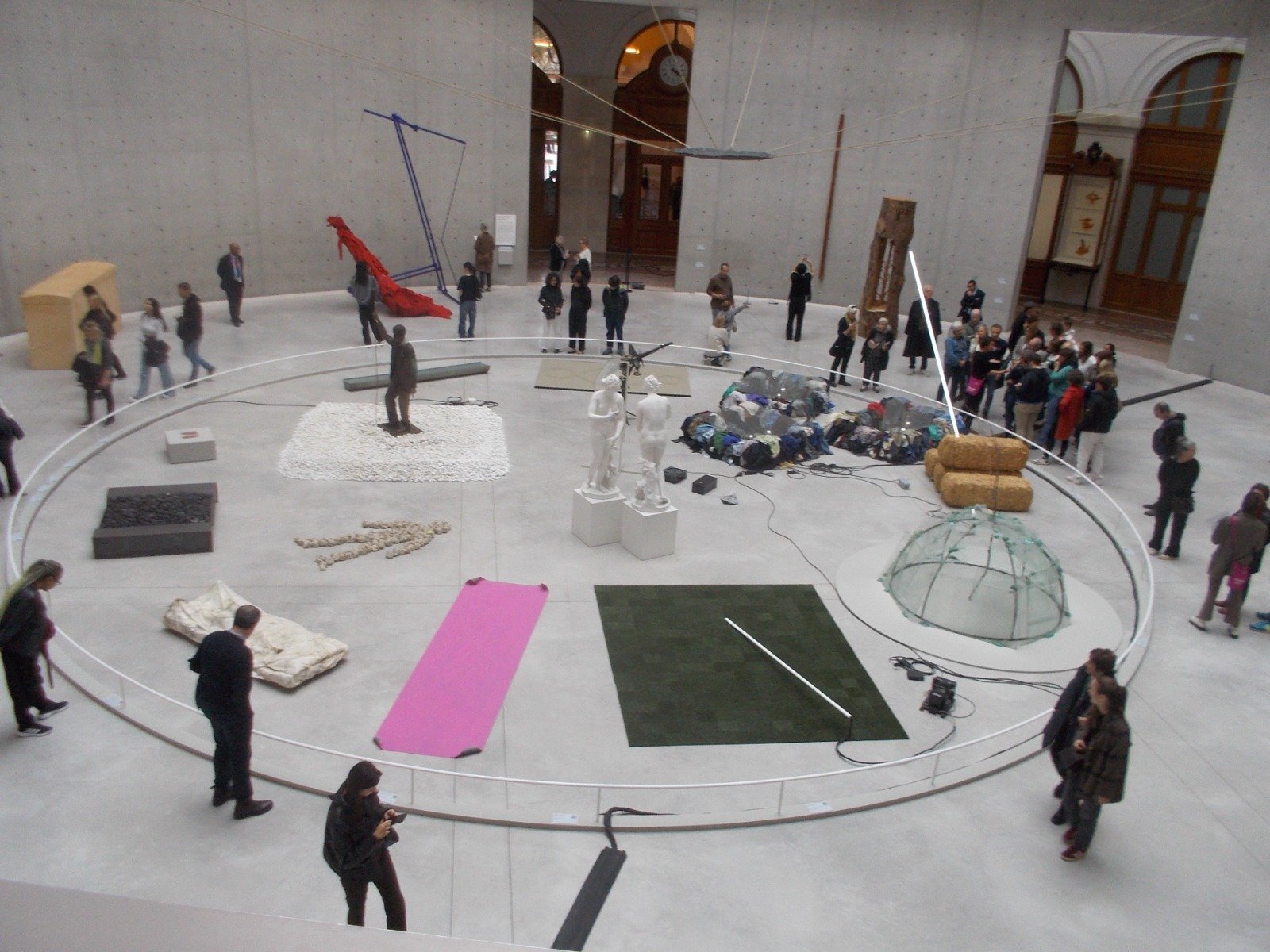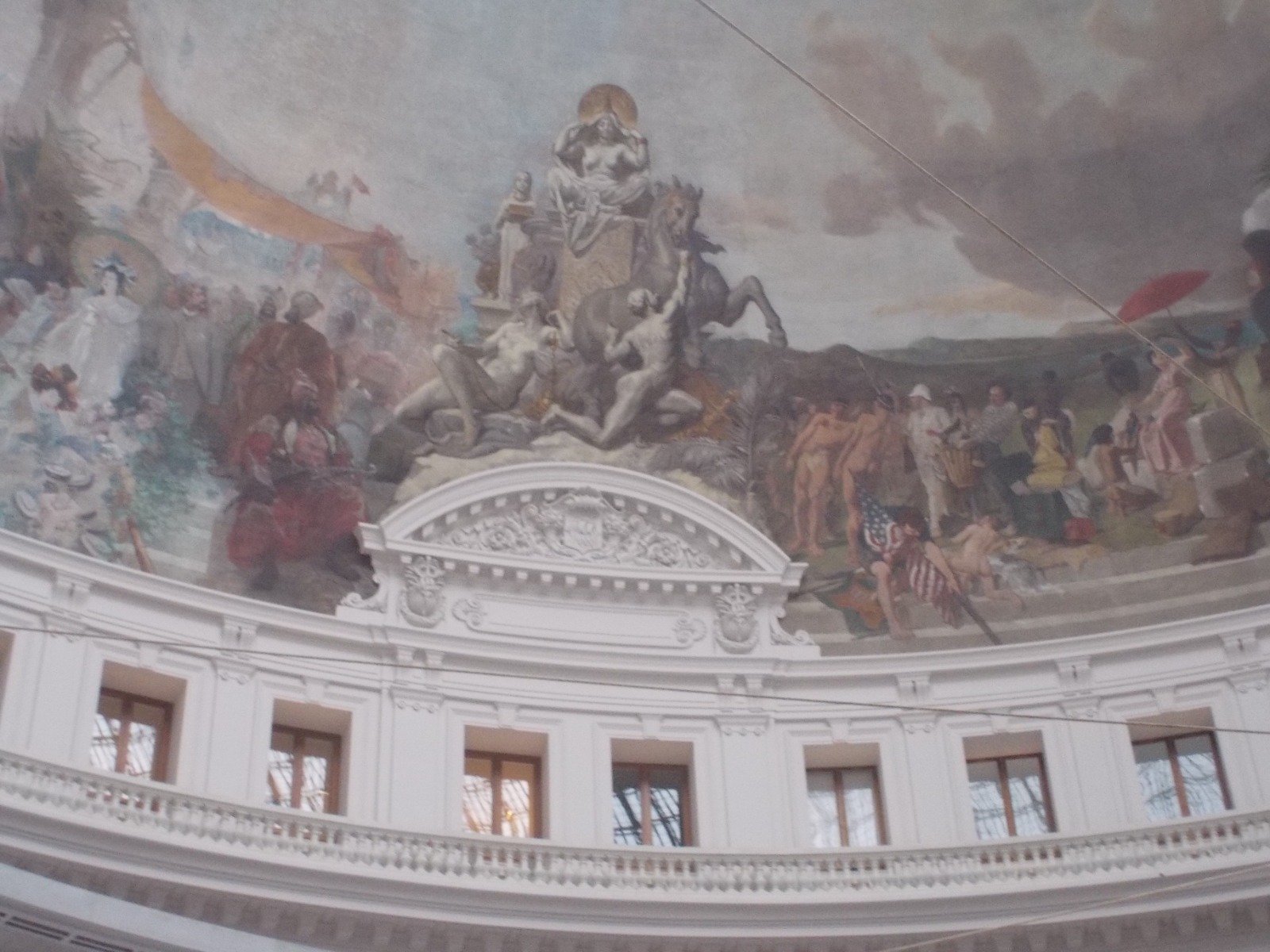Arte Povera - Transcendence of the Material World
Written by Sophie Marx
Time and the progress it gives birth to, if nurtured, will grow and eventually take on a life of its own, one that constantly slips through the fingers of those desperately trying to get a hold of it. We are reduced to onlookers watching the ripple effect unfold.
The 1960s in Europe marked a time of swift modernisation, the post-war peace giving hope to the turning a new leave. Society was rapidly moving into a reimagined future, with a focus on new technologies which were largely incorporated and reflected in the dominant art movements of the time.
An exhibition I recently visited Inherited Memories – transforming future identities through a reimagined past made me reflect on cultural liminality. If we find ourselves forced away from our heritage, whether physically or spiritually, rendering the continuity of tradition uncertain, how do people respond to this?
Some act out, visible in the surge of the right we are currently witnessing who are attempting to recreate a version of the past that no longer aligns with the influences of globalisation or the modernised understanding of human rights.
In the perceived dissolution of order in the 1960s in Italy, a group of artists ventured out on a creative path to contrast the old with the new and in a sense prolong the ambiguous state right before indefinite change occurs.
The name of this avant-garde movement is arte povera. Increasing elitism in the art world led artists, such as Michelangelo Pistoletti, Alighiero Boetti, Giuseppe Penone and Giulio Paolini to counteract this notion by impoverishing art and focusing on natural materials, such as stone, metal wood and cloth.
Boetti rejected the modernist idea that artist equals genius, someone who invents new concepts and images. An idea which, to him, was rooted in the the pretentious intellectuality of bourgeois culture. Arte povera is an anti-intellectual movement through simple means and collective practices.
The exhibition I visited was curated in the bourse de commerce in Paris, where under a glorious dome embellished with classicist paintings formed the sky to the impoverished art on the ground. A set up that was not only ironic, but genius in the context of the movement.
The traditional heroic European art had become impossible in the eyes of the artist Paolini in the 1960s. As a consequence, he believed that artists had to reimagine and reconstruct forms and materials and integrate them into the present. Using the traces of previous greatness and glamour it would not only fill the void within art but would make the audience aware of the shift that had occurred. He explored the relationship between an object, what it represents, the viewer and the very act of seeing. Putting the pieces in direct contact with the world is a key concept in the movement. In line with this concept, Pier Paolo Colzari’s work la casa is a space almost beyond human perception. Colzari questioned whether it would be possible for life and art to exist in harmony, merging into one. In arte povera, reimagined spatial and material relations have invoked a world of mystery embodying the concept of transcendence or as in Giovanni Anselmo’s work investigating and subsequently, exposing the physical forces of energy that govern the universe to our senses.
While many works by themselves may cause more confusion than enlightenment in the viewer’s mind, looking at the movement as a whole, the symbiosis between the material world and imagination, past and future creates a transformational power, a passage between spirit and art.
A notion that despite half a century lying between arte povera’ s origins and the present continues to highlight the prevailing relevance of then asked questions. In light of the ongoing and increasing ecological deterioration of our planet and the exploitation of its resources, arte povera is as meaningful as it was.
The intra-actions between humans and nature platformed in Giuseppe Penone’s work shows a beautifully devastating interplay of human intervention in the natural realm. Penone’s intervention in the growth process of trees made the plasticity of living matter and its constant relation to human action over time visible. Despite the aesthetic result of conjoined forces and materials intertwining to become one, the work to me was incredibly saddening.
Seeing leaves, plants and trees exhibited within clean-cut walls only increases one’s awareness to the growing inaccessibility of both nature and art. In the current recession- though I would argue that even if now enhanced the core issue is one fundamental to our society – who is able to make art?
Arte povera remains a powerful movement reconciling the ever-growing cost of life with making art, encouraging us to look beyond popular aesthetics and instead become aware of the material and immaterial world around us.





